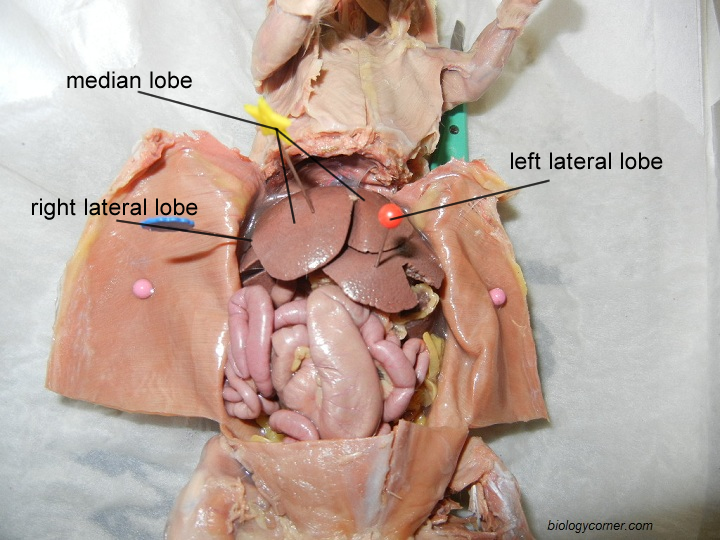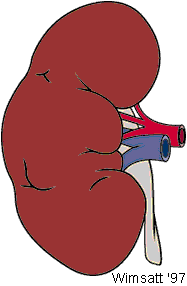We recently
finished a dissection of a rat in biology class. This was in my opinion the
most interesting, but probably the most discussing of the dissections we did
this year. What made this dissection much more different is that is a mammal,
and we are mammals, sort of weird. Again I would like to reiterate that this dissection
was the most fun but a little spooky.
1.
Our hands are the best
dissection tool because we have more feeling and better control.
2 The tail is seemingly hairless
or very fine hair that is the difference between it and the rest of the body.
3.
The vibrissae are the first
point of the rat to touch things; they are sort of to feel things out.
The rat is has bilateral symmetry
Sphincters are a circular muscles that regulate the passing of solids or liquids within the body.
The large intestine is larger in width but the small intestine is much longer!
The liver is the largest organ in the rat, and it's job is to help filter the rats nutrients.
The appendix is used in small mammals. The appendix aids in the digestion of cellulose.
The reason for this membrane is to compartmentalize the rats body.
The spleen acts as a filter for blood in all mammals, as it does in rats.
The diaphragm is a muscle used to suck air down into the lungs of a mammal.
The wall of the left venctrocal is thicker than the right because it is under more pressure. The left side is pumping blood to the entire body unlike the right which causes the increase in pressure.
The similarity between the male and female reproductive organs and just the location. The internal aspect of the reproductive systems is quite different. The presence of adrenal glands is a similarity though.

Kidneys help regulate blood flow and contents.
Endocrine system is where one finds the thyroid, thymus and adrenal glands.
All photos from Google.









































